Introduction
The process of building theories in fields like business, psychology, and social sciences is not just about gathering facts or analyzing data. It involves a structured yet creative approach to explaining complex ideas. Theorists must combine imagination with logical reasoning to develop frameworks that help us understand the world. This article breaks down the process of theory construction into clear, practical steps that anyone can grasp and apply.
🌍 What Is a Theory?
A theory is a structured explanation of how something works. It is more than just an idea—it connects different concepts in a meaningful way, providing a foundation for understanding and predicting various phenomena. For example, the theory of gravity explains why objects fall to the ground, while the theory of evolution describes how species change over time.
Theories serve as essential tools in science and research by organizing knowledge and guiding future studies. They help in making sense of complex systems, offering explanations that can be tested and refined.
A good theory has several key qualities:
- Logical: It follows clear reasoning and is based on sound arguments.
- Useful: It helps people understand, predict, and solve problems.
- Interesting: It reveals surprising or important insights that may not be obvious.
- Testable: It can be examined and evaluated through experiments or real-world observations.
- Flexible: It can evolve over time as new evidence emerges.
Theories are developed through careful observation, experimentation, and refinement. They serve as a foundation for scientific research, guiding studies and practical applications across different fields such as physics, psychology, and business.
⚠️ The Problem with Traditional Theory Building
Many traditional theories are overly complex and prioritize proving concepts rather than making them useful. Researchers can become trapped in rigid scientific frameworks, restricting their ability to think innovatively. Creativity and exploration are crucial elements of strong theory-building, yet they are often undervalued in favor of strict validation.
Additionally, theorists may focus too much on creating broad, all-encompassing theories rather than addressing specific, practical problems. The best theories often emerge from real-world observations and interdisciplinary thinking, allowing for fresh insights and more applicable solutions.
To make theories more effective, theorists should aim for a balance between rigor and flexibility, ensuring that their ideas are not just technically correct but also meaningful and usable in real-life scenarios.
⚙️ The Process of Theory Construction
Building a theory involves three main steps:
- Identifying a Problem – Recognizing a question or gap in knowledge that needs explanation.
- Generating Ideas (Thought Trials) – Exploring different possible explanations and hypotheses.
- Testing and Selecting the Best Ideas – Evaluating the strength and applicability of these explanations through logical reasoning and empirical evidence.
🔍 Step 1: Identifying a Problem
The first step in building a theory is to spot an interesting problem or question. This can come from observations, past research, or real-world issues. A well-defined problem serves as the foundation for strong theoretical development.
For example, a researcher might notice that employees in certain workplaces are happier than in others. The question could be: Why are some workplaces more enjoyable than others? To investigate further, the researcher may examine factors such as work culture, management styles, employee autonomy, and incentives.
The quality of a theory depends on how well the problem is defined. A well-defined problem should be:
- Clear: The question should be easy to understand and focused on a specific issue.
- Detailed: The problem should be described with enough context, including background information and existing research.
- Realistic: The problem should reflect what happens in the real world, making it applicable to practical scenarios.
Additionally, a good problem statement should outline possible variables involved and hint at relationships that need exploration. By refining the scope of inquiry, theorists can ensure their research remains meaningful and impactful.
🧠 Step 2: Generating Ideas (Thought Trials)
Once a problem is identified, the next step is to come up with possible explanations—these are called thought trials. This step is similar to brainstorming, where multiple ideas are considered before selecting the most promising ones. The goal is to think of different ways the problem might be solved, ensuring that a variety of angles are explored.
To enhance the thought trials process, consider different sources of inspiration such as previous research, case studies, expert opinions, and real-world experiences. The more diverse the input, the richer the possible explanations.
For example, in the workplace happiness problem, possible explanations could be:
- Work-life balance: Employees with more personal time are happier and experience lower stress levels.
- Management style: Friendly and transparent managers foster a more engaging and supportive work environment.
- Company culture: Workplaces that emphasize recognition, inclusivity, and employee well-being contribute to higher satisfaction levels.
- Job autonomy: Employees who have greater control over their tasks tend to feel more empowered and motivated.
- Opportunities for growth: Workplaces that provide clear career progression paths encourage job satisfaction and long-term commitment.
A good theorist thinks widely and explores different perspectives instead of just picking the first explanation that comes to mind. This includes questioning assumptions, challenging conventional wisdom, and considering alternative viewpoints to develop a well-rounded understanding of the issue at hand.
📊 Step 3: Testing and Selecting the Best Ideas
Not all ideas are useful, so theorists must test their ideas to find the best ones. This step involves systematically evaluating ideas through different methods:
- Logical reasoning: Does the idea make sense? Does it follow a coherent pattern of cause and effect?
- Comparison with existing knowledge: Is it supported by previous studies? Does it align with or challenge established theories? Understanding how new theories fit within the broader body of knowledge helps ensure they contribute meaningfully.
- Empirical testing: Can the idea be tested using experiments, surveys, or case studies? Strong theories should be based on observable and measurable evidence.
- Practical application: Does the idea work in real-world scenarios? Can it be implemented effectively to solve actual problems? A theory with practical value is more impactful.
- Falsifiability: Can the theory be proven wrong if new evidence arises? A good theory should be open to scrutiny and refinement. The ability to be tested and potentially disproven is what separates scientific theories from mere speculation.
- Predictive power: Does the theory make accurate predictions about future events or behaviors? A strong theory should not only explain past occurrences but also offer insights into future possibilities.
One important rule is that theories do not have to be perfect—they just need to be useful. Sometimes, a theory might not be 100% correct, but if it provides a better understanding of a problem and helps generate further research, it holds value. The most influential theories evolve over time as new evidence emerges, demonstrating their adaptability and resilience.
📊 Step 3: Testing and Selecting the Best Ideas
Not all ideas are useful, so theorists must test their ideas to find the best ones. This step involves systematically evaluating ideas through different methods:
- Logical reasoning: Does the idea make sense? Does it follow a coherent pattern of cause and effect?
- Comparison with existing knowledge: Is it supported by previous studies? Does it align with or challenge established theories? Understanding how new theories fit within the broader body of knowledge helps ensure they contribute meaningfully.
- Empirical testing: Can the idea be tested using experiments, surveys, or case studies? Strong theories should be based on observable and measurable evidence.
- Practical application: Does the idea work in real-world scenarios? Can it be implemented effectively to solve actual problems? A theory with practical value is more impactful.
- Falsifiability: Can the theory be proven wrong if new evidence arises? A good theory should be open to scrutiny and refinement. The ability to be tested and potentially disproven is what separates scientific theories from mere speculation.
- Predictive power: Does the theory make accurate predictions about future events or behaviors? A strong theory should not only explain past occurrences but also offer insights into future possibilities.
One important rule is that theories do not have to be perfect—they just need to be useful. Sometimes, a theory might not be 100% correct, but if it provides a better understanding of a problem and helps generate further research, it holds value. The most influential theories evolve over time as new evidence emerges, demonstrating their adaptability and resilience.
🎨 The Role of Creativity in Theory Building
Many people think that theories come only from data, but creativity plays a crucial role. The best theories come from a mix of logic, imagination, and curiosity.
For example, Albert Einstein developed his theory of relativity by imagining what it would be like to travel at the speed of light. Similarly, business theorists use metaphors, analogies, and storytelling to understand and explain organizational dynamics. Creativity allows researchers to see beyond conventional frameworks and develop fresh perspectives.
Great theorists often engage in thought experiments, asking “what if?” questions that challenge existing knowledge and inspire groundbreaking discoveries. In social sciences, creativity helps in reinterpreting human behavior, designing novel research methodologies, and conceptualizing abstract ideas in a relatable manner.
❌ Why Some Theories Fail
A theory might fail if:
- It is too vague, lacking clear definitions and structure, making it difficult to test or apply.
- It is too narrow, only explaining specific cases without broader applicability.
- It is not useful, failing to contribute to solving real-world problems or advancing knowledge.
- It lacks empirical support, meaning there is little or no evidence to back its claims.
- It is overly complex, making it inaccessible or impractical for application.
To avoid these pitfalls, theorists should balance creativity with discipline, test their ideas rigorously, and seek input from diverse perspectives to refine their concepts before finalizing them.
Conclusion
Theory building is not just about collecting facts—it is about asking good questions, thinking creatively, and testing ideas in a structured way. By following these steps, researchers can develop theories that are both useful and interesting.
Understanding this process helps us appreciate how knowledge is created and how we can use theories to make sense of the world around us.
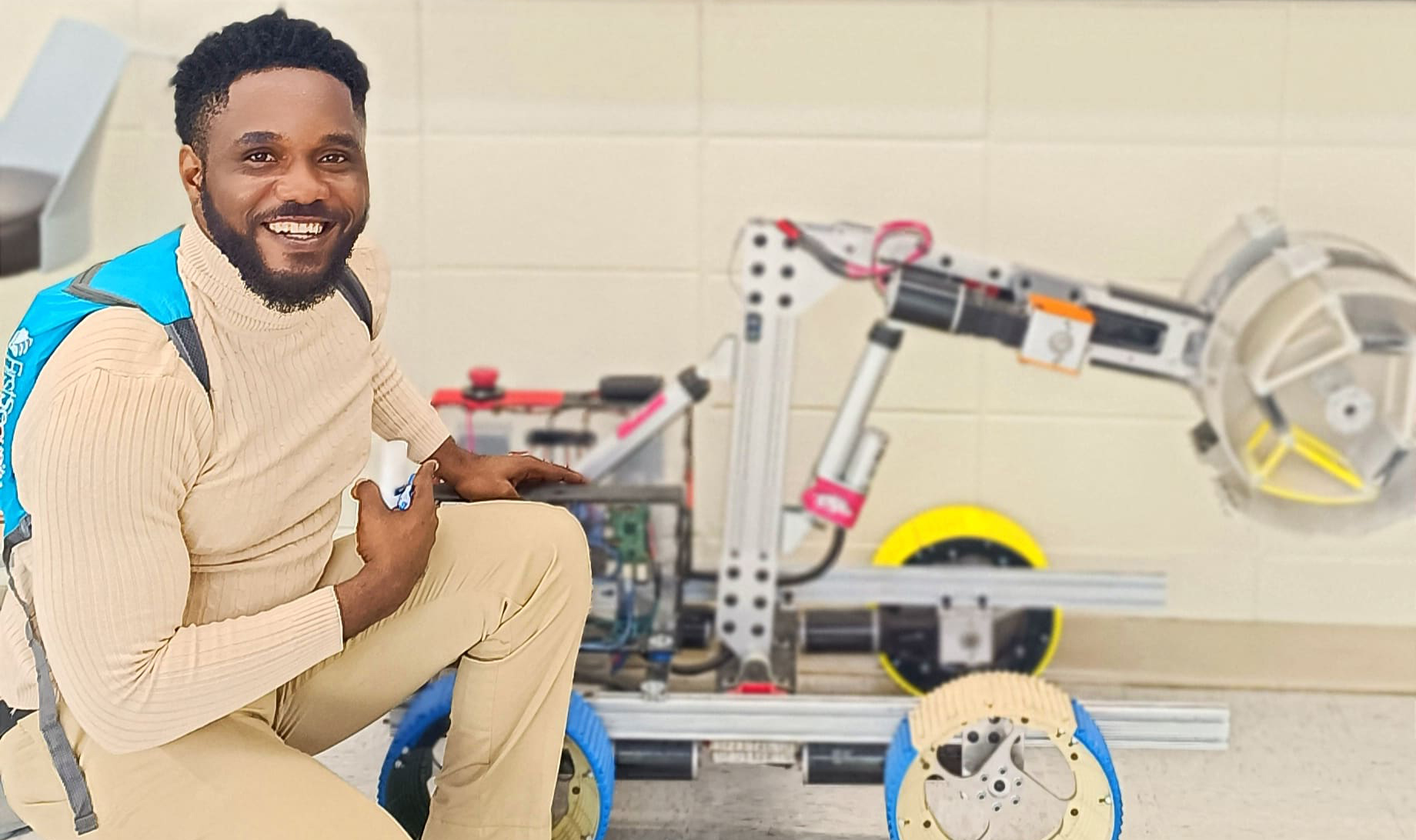

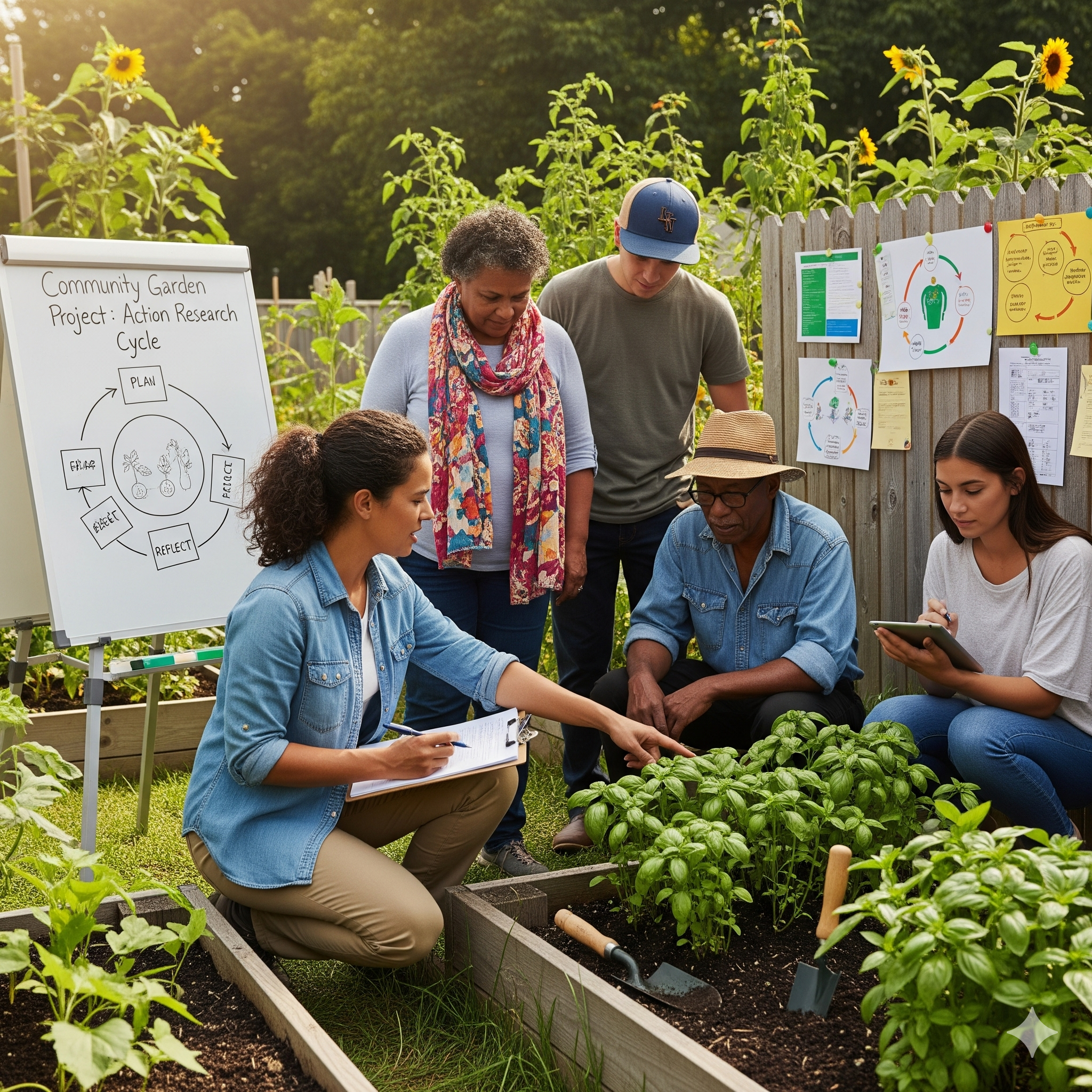


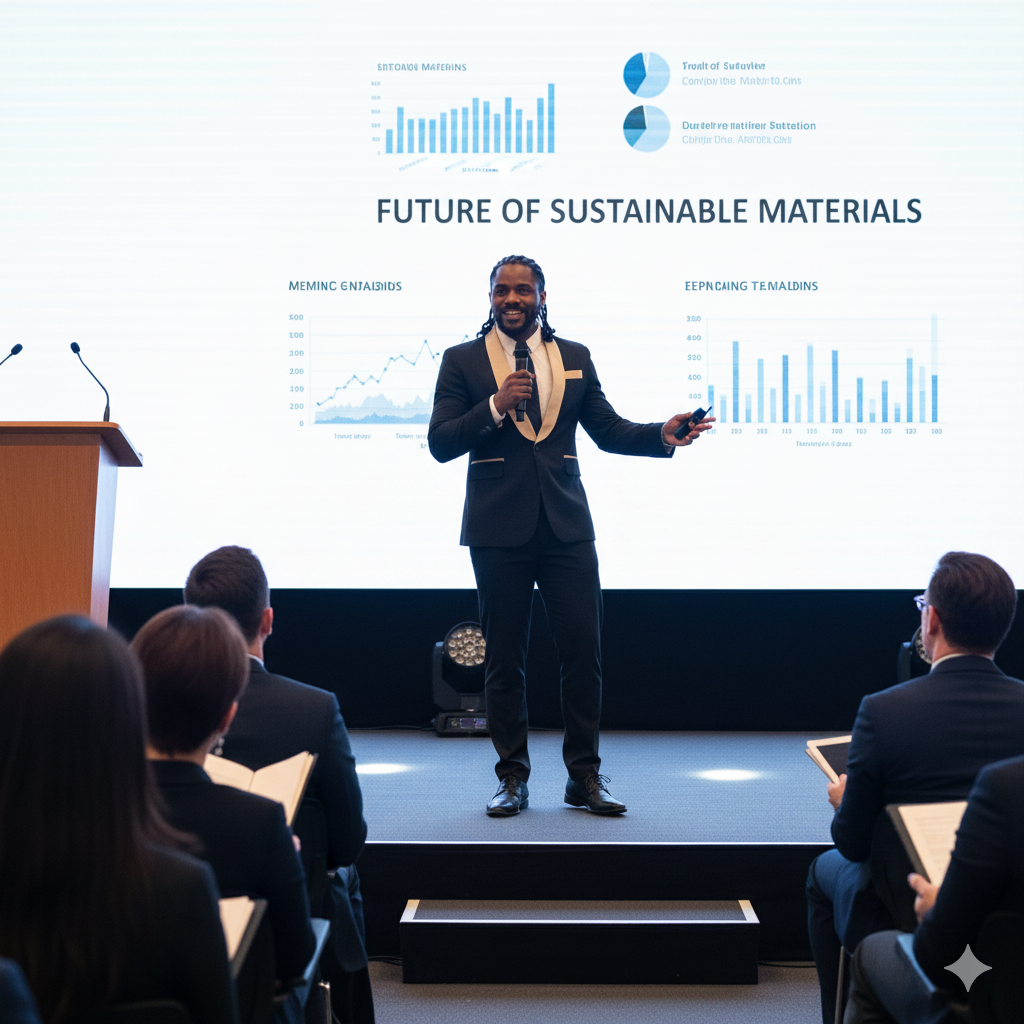
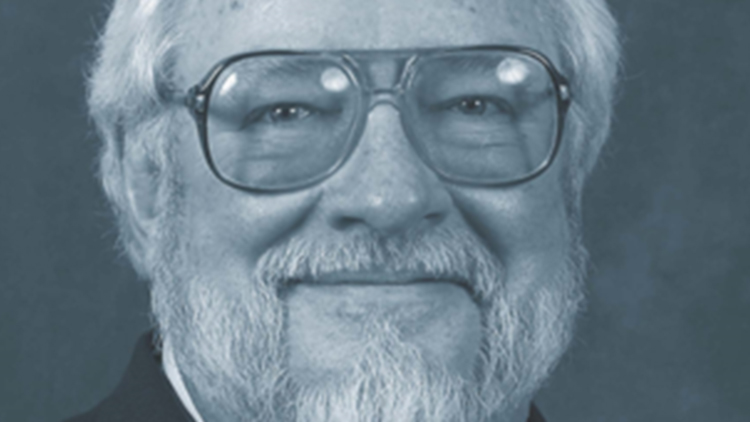
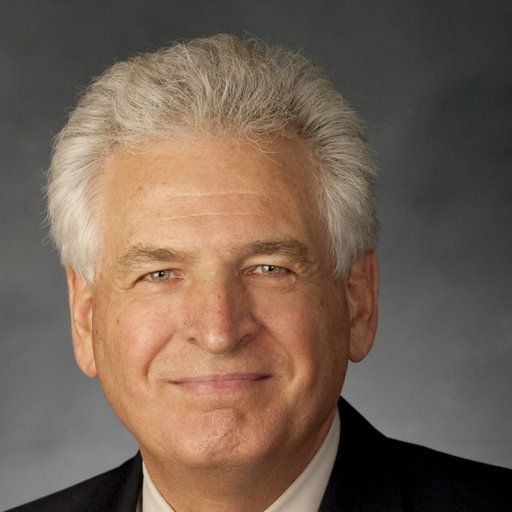


Leave a Reply